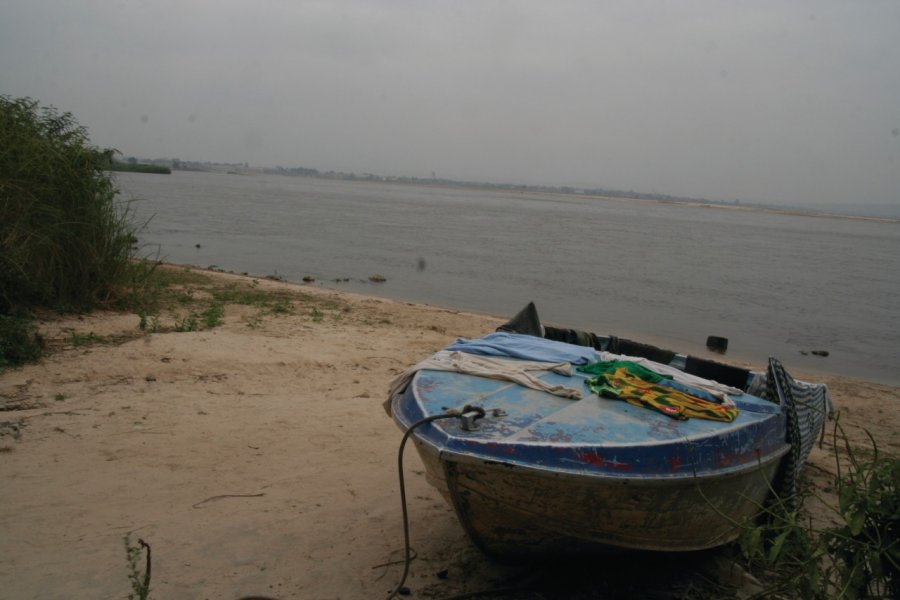Travel Guide Île Mbamou
Find an accommodation
Advertising
Mbamou Island's capricious morphology changes with the seasons, reaching 185 km² at low water, when it occupies most of Stanley Pool. However, the island is threatened by rising sea levels and loses surface area every year. Its western end faces the fishing port of Yoro, an enclave in the presidential district of Mpila. Depending on the season, thousands of sandbanks criss-cross the island's perimeter, criss-crossed by a multitude of channels. A river maze. Inhabited by fishermen who also tend gardens producing tomatoes and onions, the island's population is subject to large local migratory movements, and can reach, according to the estimate of one of its inhabitants, up to 5,000 people during the major fishing seasons, when the river recedes. The population is spread across six major fishing villages, including Mbamou, Talangaï, Mboulamountombo, Montouyangombé and Kitengué. A large part of the temporary population lives in Brazzaville's working-class neighborhoods, and their catch is promptly sold at the port of Yoro.A minority of permanent residents, estimated at around 1,500, live in the southern part of the island, in the immediate vicinity of a beautiful rônier forest. Mbamou Island is in fact a microcosm, a piece of river bush, with people from various regions of the Congo, no electricity or running water, a single motorized vehicle and two capital cities with millions of inhabitants.Historically, the island has belonged in its entirety to Congo-Brazzaville only since 1908, following a treaty signed with the Belgians, then masters of the other Congo. Before that, it served as a commercial hub for the Batéké, who stored goods such as slaves, ivory and tobacco delivered to them by their vassals to the north, before negotiating with the Bacongo, themselves in contact with the white man, a major supplier of weapons and tools. It was a lucrative trade, made all the more secure by the fact that the rapids downstream from the Pool prohibited, and still prohibit, the descent of the river to the skilful navigators from the north.Pierre Savorgnan de Brazza and the subsequent takeover of trade by the colonial power gradually put an end to this trading system, and the island was gradually abandoned to fishermen, whose numbers suddenly increased at the beginning of the 20th century, a period of massive rural exodus.
Suggested addresses Île Mbamou
Weather at the moment
Advertising
Organize your trip with our partners Île Mbamou
Transportation
Book your plane tickets
Car Rental
Boat rental
Accommodation & stays
Find a hotel
Holiday rental
Find your campsite
Tailor-made trip
Immersion travel
Services / On site
Activities & visits
Find a doctor





